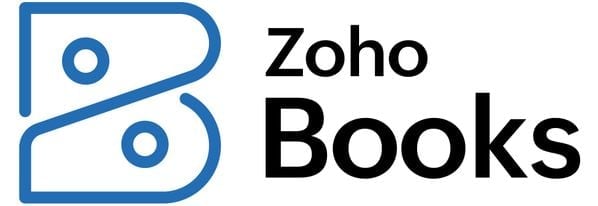4 Reasons to Switch to Online Invoicing
Small businesses can better manage cash flow, be more efficient and get paid faster with online invoicing.

Many, or all, of the products featured on this page are from our advertising partners who compensate us when you take certain actions on our website or click to take an action on their website. However, this does not influence our evaluations. Our opinions are our own. Here is a list of our partners and here's how we make money.
For decades, businesses have relied on paper or PDF invoices to get paid, juggling manual processes and slow customer responses. Now, that's starting to change.
Many small-business owners are turning to online invoicing to speed up customer payments. Over the past 10 years, online invoicing has transformed how businesses are billing their clients, with companies like FreshBooks, Wave and Zoho making cloud-based invoicing software with built-in payment options readily accessible. Unlike with traditional invoices, customers can pay balances online with the click of a button, and business owners can easily track where the invoice is in the queue. For businesses that rely heavily on invoicing — including art galleries, caterers, retailers and professional services — making the switch can have a big impact.
Here's why making the move is worthwhile.

1. You can get paid faster
Slow-paying customers can stunt a business’s cash flow. A 2021 report by the financial software company Wave found that 25% of surveyed microbusinesses — those with nine or fewer employees — have waited more than a year to be paid by at least one customer.
But online invoicing is easing the communication between billing businesses and paying consumers. Microbusinesses that used digital invoices with online payment options saw about 15% more invoices paid within 30 days than those businesses that didn't use this option, according to the report.
Hannah Vaughn, owner of the online marketing business Mane Impact, has tried multiple peer-to-peer platforms to simplify online payments and says switching to digital invoices has helped her get paid more quickly. “People can just click ‘accept’ and have it transfer,” she says, making payment a one-step process.

2. It's more convenient for customers
When the COVID-19 pandemic caused in-person shopping to take a nosedive, more consumers started showing a preference for ordering and paying online. Online invoices are an easy way to meet this need and provide more payment options.
“Folks want the ability to pay on their own convenience and [with] the method they want,” says David Axler, vice president and general manager of books and banking for Wave.
Making the transition to online invoices with built-in payment options might also encourage more customers to pay online rather than in person, a helpful change for small businesses trying to limit crowds.
3. It’s scalable and efficient
Maryana Grinshpun, owner of Mammoth Projects, a New York City-based architectural and design firm, says that online invoicing saves her time by automating billing information. Instead of having to enter items like sales terms for every invoice, “being able to reference that [information] in perpetuity for this client and every client in the future” simplifies the process for her.
Online invoicing also simplifies payment schedules with automated recurring billing, so business owners don't need to manually send invoices every week or month.
By allowing businesses to automate their billing, online invoicing saves small-business owners time commonly spent on administrative tasks that can be used to gain more customers and scale their businesses.
“For many of our business owners, the way that they grow their business is by getting more customers,” Axler says.
4. It helps with managing cash flow
Cash flow concerns are nothing new for small businesses. According to a 2021 QuickBooks survey, 60% of small businesses have experienced cash flow issues. Online invoicing offers small businesses a tool to manage cash flow more efficiently.
Unlike invoices without digital payment options, online invoices allow business owners to closely track what hasn’t been paid and to better forecast what they're likely to have coming in. That insight gives small businesses an edge when it comes to navigating tough economic times and riding out shifts in the market that can affect consumer spending.
| Product | Starting at | Promotion | Learn more |
|---|---|---|---|
 QuickBooks Online NerdWallet Rating Learn more on QuickBooks' website | $35/month Additional pricing tiers (per month): $65, $99, $235. | 50% off for first three months or free 30-day trial. | Learn more on QuickBooks' website |
 FreshBooks NerdWallet Rating Learn more on FreshBooks' website | $21/month Additional pricing tiers (per month): $38, $65, custom. | 70% off for 4 months. 30-Day Money Back Guarantee. | Learn more on FreshBooks' website |
 Xero NerdWallet Rating Learn more on Xero's website | $20/month Additional pricing tiers (per month): $47, $80. | 90% off for 6 months. | Learn more on Xero's website |
 Zoho Books NerdWallet Rating Learn more on Zoho Books' website | $0 Additional pricing tiers (per month): $20, $50, $70, $150, $275. | 14-day free trial of the Premium plan. | Learn more on Zoho Books' website |

